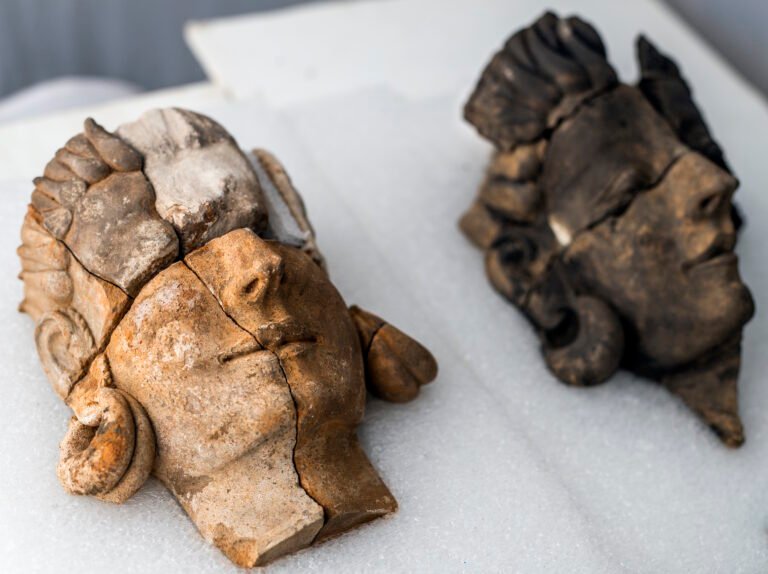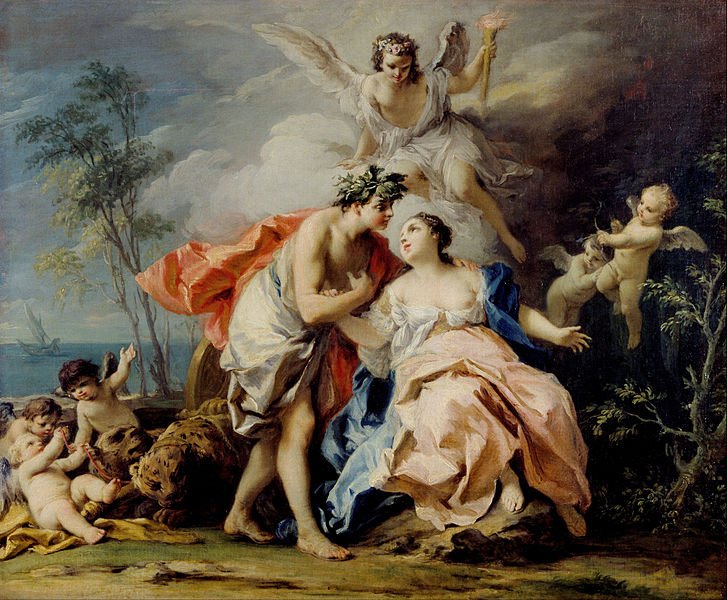Across every culture, in every corner of the world, humans have spun tales of creatures beyond imagination—beings so powerful, so terrifying, or so majestic that they became larger than life. These creatures aren’t just stories to entertain; they are reflections of human fears, desires, and dreams. Whether guarding forbidden knowledge, punishing the wicked, or guiding the dead to the afterlife, legendary creatures have long been the beating heart of mythology.
From the thunderous dragons of Asia to the shape-shifting spirits of Africa, and from the noble unicorns of Europe to the underworld guardians of the Americas, mythical creatures form a universal language. They embody cultural values, natural phenomena, and human psychology. This article takes you on a journey across continents, through time, to explore these unforgettable beings—some beloved, some feared, all eternal.
Dragons: The Serpents of Sky and Flame
Few creatures command such universal recognition as dragons. Found in mythologies from China to Scandinavia, dragons are as varied in personality as they are in form.
In East Asia, particularly in Chinese mythology, dragons (Lóng) are symbols of power, luck, and control over water. Unlike their Western cousins, these dragons are benevolent, wise, and often associated with emperors. They soar through clouds, summoning rain and storms. They do not breathe fire but bring balance to the elements. The dragon in Chinese tradition represents yang energy—the positive, masculine force of nature.
Contrast this with Western dragons, such as the fire-breathing monsters slain by knights in European legend. These dragons hoard treasure, live in dark caves, and symbolize chaos, greed, and destruction. Saint George, the dragon-slayer of Christian lore, embodies virtue overcoming evil. This dichotomy between East and West reflects differing worldviews—one harmonizing with nature, the other conquering it.
But dragons also appear in Slavic, Norse, and Mesoamerican myths. Quetzalcoatl, the feathered serpent of the Aztecs, was a god of wind and learning. In Norse tales, Fafnir transforms into a dragon out of greed. In every version, dragons tap into our deepest instincts—our awe of nature, our lust for power, and our longing for the sublime.
Phoenix: The Firebird of Eternal Rebirth
In a world where death is final, the phoenix defies fate. This legendary bird, enveloped in flames, dies only to be reborn from its own ashes. It’s a creature that transcends mortality, symbolizing immortality, resurrection, and the cyclical nature of time.
The Egyptian Bennu bird, an early prototype of the phoenix, was linked to the sun god Ra and the concept of creation and rebirth. In Greek mythology, the phoenix’s fiery renewal captivated poets and philosophers alike. The creature would live for centuries, sing one last glorious song, and combust into flames—only for a new phoenix to rise.
Eastern versions exist too. In Chinese folklore, the Fenghuang—often referred to as the Chinese phoenix—embodies yin and yang and appears during times of peace and prosperity. Unlike the Western phoenix, it is a gentle creature, sometimes paired with the dragon in weddings to symbolize harmony.
In all its forms, the phoenix is the flame of hope in darkness. It tells us that destruction is not the end, but a prelude to something greater.
Unicorn: The Elusive Embodiment of Purity
There’s something inherently magical about a creature that refuses to be tamed. The unicorn, with its spiraled horn and ethereal beauty, is a myth that galloped across cultures.
In Western mythology, unicorns are symbols of purity, innocence, and divine grace. Medieval bestiaries describe them as wild woodland creatures that could only be caught by a virgin. Their horns were said to neutralize poison, a testament to their healing power. For centuries, unicorn horns—actually narwhal tusks—were treasured as holy relics.
In Indian mythology, references to single-horned animals date back to the Indus Valley Civilization. Some scholars believe this to be one of the oldest unicorn legends, though it’s steeped more in mystery than magic.
In Persian texts, the unicorn is fierce and untamed, a protector against evil. In these tales, the unicorn is not a docile maiden’s companion, but a warrior spirit.
Unicorns whisper to something deep within us—the desire for beauty, mystery, and untouched innocence. They are the rarest dream, glimpsed only when our hearts are clear.
Kitsune and the Shape-Shifters of the East
In Japanese mythology, the Kitsune is a fox spirit known for its intelligence, magical prowess, and ability to transform into a human—often a beautiful woman. These beings are deeply intertwined with the Shinto religion and are thought to be messengers of the god Inari, deity of rice and prosperity.
Kitsune are not merely tricksters; they embody the duality of mischief and wisdom. Some stories tell of benevolent Kitsune who fall in love with humans, while others depict them as vengeful spirits who punish the corrupt. As a Kitsune ages and gains wisdom, it grows more tails—up to nine. A nine-tailed fox is revered and feared in equal measure.
Chinese mythology has a similar creature—the Huli Jing—and in Korea, the Gumiho. These fox spirits share traits of seduction, transformation, and mysticism. They often challenge societal norms about identity and gender, making them powerful symbols of transformation and hidden truths.
The Wendigo: Hunger Made Flesh
Deep in the forests of Algonquian legend lives the Wendigo—a spirit of insatiable hunger and cannibalistic madness. Born of winter and famine, this creature is a cautionary tale about the perils of unchecked greed and isolation.
Descriptions vary, but Wendigos are often depicted as gaunt, skeletal beings with glowing eyes and a stench of decay. They were once human—transformed by the consumption of human flesh or by selfishness taken to an extreme. Once changed, they are cursed to wander the wilderness, eternally hungry, never sated.
The Wendigo reflects more than just horror. It is a mirror to colonial destruction, ecological imbalance, and the loss of humanity. In modern interpretations, it is often used as a metaphor for addiction, capitalism, or environmental devastation.
It is among the most haunting creatures in global folklore—not because of what it does, but because of what it was. The Wendigo is a monster that used to be us.
Naga: The Serpent Guardians of Sacred Knowledge
In Hindu, Buddhist, and Southeast Asian mythologies, the Naga are divine or semi-divine serpent beings. Neither wholly benevolent nor malevolent, they reside in the netherworld but frequently interact with humans and gods alike.
Often associated with water—rivers, rain, and lakes—Nagās are guardians of treasures, temples, and secret knowledge. In Buddhist stories, one Naga protected the Buddha during his meditation, shielding him from storms.
Their serpent form evokes awe and fear. In many tales, Nagas can transform into human form and are sometimes portrayed as kings or queens of hidden underwater palaces. They play roles in creation myths, fertility rites, and cosmic balances.
The Naga symbolizes duality—danger and protection, life and death, knowledge and mystery. They remind us that power, like a serpent, must be handled with reverence.
Chimera: The Hybrid Horror of Ancient Greece
Few creatures are as nightmarish in construction as the Chimera—a beast from Greek mythology composed of multiple animals: the body of a lion, the head of a goat rising from its back, and a tail ending in a serpent. It is a creature of unnatural fusion, a living paradox.
The Chimera was said to breathe fire and terrorize the ancient land of Lycia until slain by the hero Bellerophon, who rode the winged horse Pegasus. It was not just a monster but a test, a symbol of chaos that needed to be conquered by divine order.
In modern psychology, “chimeric” refers to something wildly imaginative or biologically hybrid. In science, chimeras exist in genetics—organisms with two distinct DNA profiles. The ancient monster has thus influenced not only art and story, but science and philosophy as well.
Thunderbird: The Sky Ruler of the Indigenous Americas
Soaring across the skies of North American indigenous lore is the Thunderbird—a supernatural bird of immense power and size, said to control storms and lightning with the beat of its wings.
In many Native American cultures, the Thunderbird is a protector of moral order and a bringer of rain for crops. But it is also a being to be feared. The force of nature it commands can be both nourishing and destructive.
To the Pacific Northwest tribes, the Thunderbird is a revered spiritual entity. To the Algonquian peoples, it battles with the Underwater Panther in an eternal struggle between sky and water.
This creature embodies the raw power of nature—untamed, majestic, and essential. It is more than a myth; it is a cultural cornerstone, present in totems, dances, and oral traditions for thousands of years.
Kraken: The Leviathan of the Deep
Beneath the crushing blackness of the ocean lurks a creature whispered about by mariners for centuries—the Kraken. Originating in Scandinavian folklore, the Kraken is a monstrous cephalopod capable of dragging entire ships to their watery graves.
Stories of the Kraken echo fears of the unknown. The deep ocean has always been a realm of terror and mystery. To sailors who braved these waters, the Kraken was a living nightmare, a personification of their most primal fears.
Modern cryptozoologists link the Kraken to sightings of giant squids, creatures once thought to be myth but now known to exist. Still, the legend persists, growing larger with each telling.
The Kraken remains a metaphor for the unknowable. It represents the fear of what lies beyond the edge of the map—the monsters of the subconscious and the abyss of the sea.
Conclusion: Myths That Endure Beyond Time
Legendary creatures are not relics of the past. They are living, breathing parts of our culture. They haunt our dreams, populate our games and movies, and inspire our art and literature. They serve as archetypes—reflections of human nature, embodiments of the unknown, and bridges between the natural and supernatural worlds.
Why do these creatures endure? Because they tap into something universal. They give shape to our fears, personify our values, and speak to our desire to understand the unexplainable. They live in every thunderstorm, every shadowy forest, and every unexplored cave in our imagination.
In a world increasingly driven by data and logic, these mythic beasts remain wild and free. They remind us that the world is still full of wonder—and that sometimes, believing in monsters is the most human thing of all.




